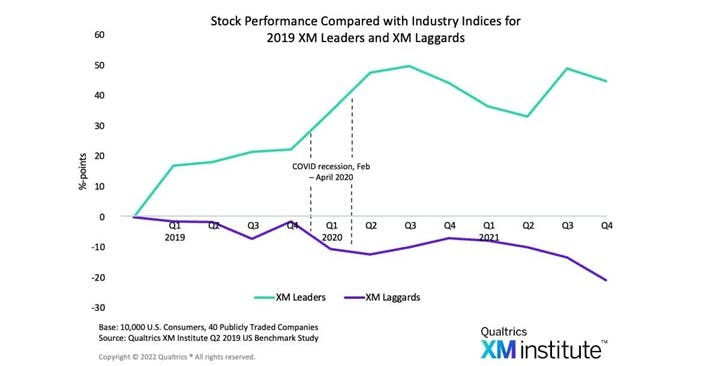What Customer Experience Really Is
Customer experience (CX) is an essential part of any organization’s success. CX is much more than the level of customer service a company provides. CX is the totality of a customer’s interactions with an organization over the course of their shared relationship. Customers develop a perception of an organization across all their interactions. This perception is an accumulation of the physical, emotional, social, and psychological experiences they have when interacting with the product or service itself, to the way they’re greeted on the phone, to the quality of the interfaces to the organization, its employees, and its information.
Successful organizations consciously create a positive and memorable experience for the customer, from the moment they first engage with the organization. Organizations must design their overall experience with the customer in mind, and tailor it as much as possible to the individual customer’s needs and preferences. Creating meaningful interactions with customers and delivering a great customer experience drives loyalty, trust, and word-of-mouth not just now, but for years to come.
Only the Customer Can Improve the Customer Experience – Usually
This may almost sound like I’m blaming the customer for their bad experience, but the customer does play a central role in making their own experience better. But sometimes they are actively prevented from doing so.
When it comes to customer experience improvement initiatives, many organizations behave in a quite parental way. They think they know best, and instead of investing the time, energy and money to gather the voice of the customer, they use of the voice of the business instead.
The voice of the business is what I call it when an organization speaks on behalf of the customer, assuming and asserting that they know what the customer is thinking and knows what they want (or need). This can be a shortcut used to produce a customer journey map on a deadline, but can quickly turn into a detour if you don’t then validate it with real life customers to make sure that your visualization of the customer journey is accurate and representative.
Only the customers know what their experience is. So go talk to them!
No matter how hard to we try to put ourselves in their shoes, we are still making assumptions through the lens of our own personal biases and what we think (or prefer) our customers to want and need.
A Great Customer Experience Starts with Great Customer Research
Many organizations underinvest in customer research, either because they don’t know how to do it or because they don’t want to spend the money to do it. But investing in customer research delivers a powerful return on investment in a number of different ways (when the findings are implemented), including:
- Increased Sales
- Shorter Sales Cycles
- Increased Prospect Conversion
- Increased Customer Loyalty
- Increased Word-of-Mouth
- Decreased Costs
- Lower Employee Churn
- Lower Customer Churn
- Higher First-Contact Resolution
- Lower Effort Duplication and Rework
- Higher Stock Price
According to Qualtrics’ XM Institute “Companies with highly-rated customer experiences saw their stock performance increase 45% between 2019 and 2022, while companies with low customer experience ratings saw their stock returns decline 21% in the same time period.”

IMAGE SOURCE LINK: https://www.xminstitute.com/blog/xm-stock-covid/
But returns require that you thoughtfully approach your research efforts and talk to wide enough range of customers to understand where customer journeys diverge and to capture the key places where friction and opportunities for improvement lie. Your customer experience research should be more than just surveys to identify quantitative measures, and instead be heavily qualitative to uncover:
- The jobs your customers are trying to get done
- Insights into what their journey might look like across acquisition, usage and disposal
- Their most frequently used interfaces
- Their most frequent interactions
- Where customers diverge from each other on these points
Where Customer Research Takes Us
Good customer experience research sets the stage for creating a better customer experience by helping us to:
- Craft better personas (our next article in this series)
- Build better customer journeys
- Identify the most impactful improvement opportunities
- Prioritize and execute customer experience improvement projects
- Empower customer support teams with relevant knowledge and resources
- Baseline and monitor key success metrics over time
Organizations say they want to be customer-centric. Investing in customer experience excellence is what it takes, and it all starts with thoughtfully designed customer experience research designed to identify how customers differ, where the friction lies, and where investments should be made to not just identify, but actually make, moments that matter.
You might also enjoy this article from the HCL blog:



